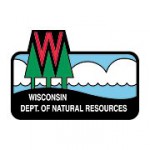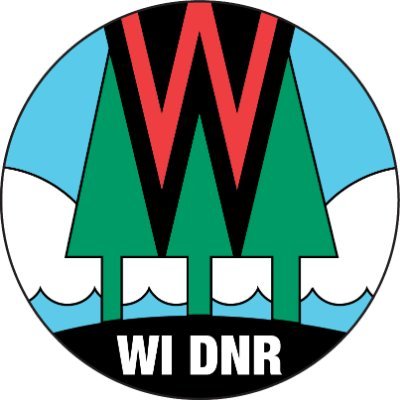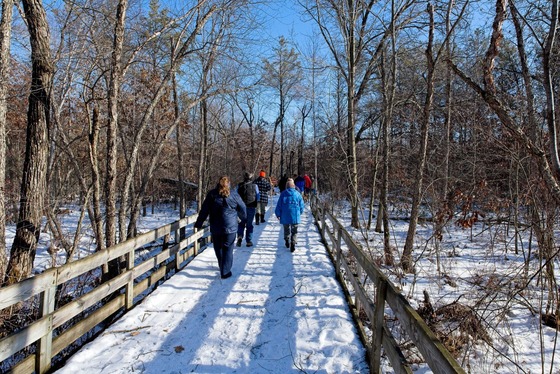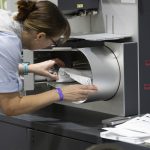Deer Liver PFAS Surveillance Results Now Available
MADISON, Wis. – The Wisconsin Department of Natural Resources (DNR) today announced the results from a statewide monitoring effort evaluating per- and polyfluoroalkyl substances (PFAS) levels in the liver of white-tailed deer are now available. After studying the results of this sampling effort, the DNR and the Department of Health Services (DHS) are not recommending a statewide consumption advisory for PFAS in white-tailed deer liver.
In September 2020, the DNR and DHS issued a Do Not Eat advisory for the liver from deer harvested within five miles of the JCI/Tyco Fire Technology Center in Marinette County, a site contaminated with PFAS. Due to the specific focus of the JCI/Tyco study, it was unclear whether the PFAS in liver tissue were the result of local exposure or whether they were representative of PFAS levels in the liver in deer statewide. To investigate background levels of PFAS in white-tailed deer throughout Wisconsin, the DNR analyzed additional liver samples from deer harvested during the 2020 November nine-day gun deer hunt.
The purpose of the liver is to filter contaminants from the bloodstream. As such, it was not unexpected to detect trace levels of PFAS in some samples. Based on the results, the DNR and DHS have determined statewide restrictions on the consumption of white-tailed deer liver, outside of the existing advisory area within a 5-mile radius of the JCI/Tyco Fire Technology Center in Marinette, Wisconsin, are not warranted.
PFAS are a group of human-made chemicals used for decades in numerous products, including non-stick cookware, fast food wrappers, stain-resistant sprays and certain types of firefighting foam.
These contaminants have made their way into the environment through spills of PFAS-containing chemicals, discharges of PFAS-containing wastewater to treatment plants and certain types of firefighting foams.
For more information on safely consuming wild game, visit the DNR’s Safely Eating Wild Game webpage.
NOTE: This press release was submitted to Urban Milwaukee and was not written by an Urban Milwaukee writer. While it is believed to be reliable, Urban Milwaukee does not guarantee its accuracy or completeness.
More about the PFAS Problem
- Bipartisan Push to Tell Counties Faster When Water Tests Fail - Henry Redman - Dec 19th, 2025
- MKE County: County Seeks to Sue PFAS Producers, Oil Companies - Graham Kilmer - Dec 10th, 2025
- Wisconsin Reviewing EPA-Approved Pesticides For PFAS - Danielle Kaeding - Dec 9th, 2025
- State Nears Settlement with Johnson Controls/Tyco Over PFAS Spills - Danielle Kaeding - Dec 4th, 2025
- Senate Bill Promotes Soybean-Based Firefighting Foam to Replace PFAS - Danielle Kaeding - Dec 2nd, 2025
- Test Results Show High PFAS Levels in Wisconsin’s Landfill Runoff - Danielle Kaeding - Dec 2nd, 2025
- Wisconsin Communities Get $282 Million for Drinking Water Projects - Danielle Kaeding - Nov 19th, 2025
- Gov. Evers, DNR Announce $282 Million to Improve Drinking Water Quality for Wisconsinites in 74 Municipalities - Gov. Tony Evers - Nov 18th, 2025
- Cleanup of PFAS Could Cost Wisconsin Billions - Danielle Kaeding - Nov 13th, 2025
- Cleanup PFAS Without Penalizing Innocent Landowners - Wisconsin Manufacturers & Commerce - Nov 4th, 2025
Read more about PFAS Problem here
Mentioned in This Press Release
Recent Press Releases by Wisconsin Department of Natural Resources
DNR Confirms CWD in Wild Deer in La Crosse County
Dec 22nd, 2025 by Wisconsin Department of Natural ResourcesBaiting And Feeding Ban Extended





















